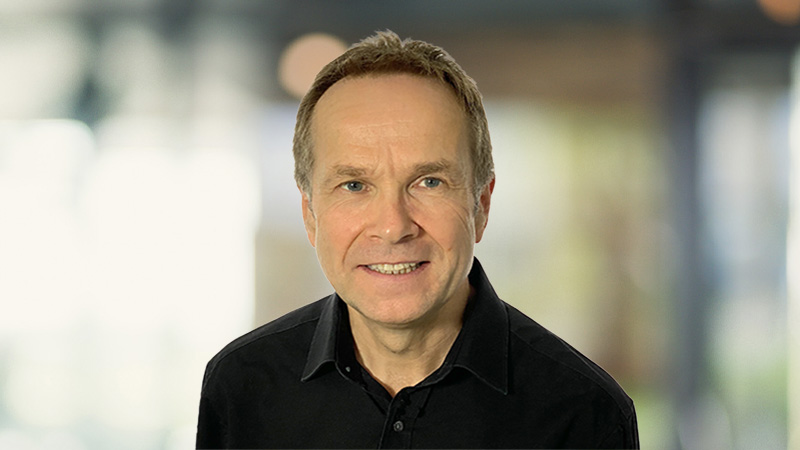Financial advisers often talk about finding your “retirement number” — the amount of money you need to maintain a target level of income for the rest of your life.
I fully understand why they do it. Few of us aim to carry on working indefinitely, and many can’t wait to leave paid employment behind. Gauging out when they can afford to stop is the number one financial question for people in their 50s and 60s.
But I feel uncomfortable with the concept of a retirement number. Why? Because anyone who’s looked into the issue of retirement income in any detail will tell you that estimating the cost of retirement is fiendishly complex and there are no right answers, only educated guesses.
Someone who shares my scepticism about retirement numbers is William Sharpe, who was awarded the Nobel Prize in Economic Sciences in 1990 for developing the Capital Asset Pricing Model in the early 1960s. In more recent decades, Sharpe has devoted his attention to the decumulation phase of investing, and to how financial planners can help ensure their clients don’t run out of money in later life.
The toughest problem of all
In retirement planning, Sharpe said in an interview with ThinkAdvisor: “The first hurdle for advisers to overcome is to help people comprehend and internalise risk, uncertainty and ranges of possibilities. That’s the toughest problem of all.”
See also: Advisers need better products for decumulation
In the same interview, Sharpe recalled provoking laughter in a talk he gave to “a very large organisation in the industry” when he urged his audience to think in terms of probability distributions. “‘People can’t understand probability distributions’, they said [to me]. ‘You’ve got to give them a number’. But there isn’t a number unless you buy an annuity. There’s no single number of how much you’re going to have to live on in retirement.”
In his book Retirement Income Analysis, which he has helpfully made available for anyone to download, free of charge, from his website, Sharpe explains in detail why retirement planning is so hit-and-miss.
“You’ve got two big sources of uncertainty,” he said in an interview with Barron’s. “If you invest your money in almost anything except an annuity with cost-of-living adjustments, you’re going to be subject to… investment uncertainty and mortality uncertainty.”
Don’t underestimate the risks
There is a tendency, in my experience, even among advisers, to underestimate both of those uncertainties. Although rising life expectancy has stalled in recent years, the number of centenarians in the UK has more than doubled since 2002. The International Longevity Centre projects that it could reach 36,000 by 2040.
See also: How should risk tolerance assessments differ between accumulation and decumulation?
We also forget how savage stockmarket crashes can be. According to the UBS Global Investment Returns Yearbook 2024, the real return on the world equity index from the market peak at the end of October 2007 to the trough in March 2009 was -58%.
Although markets often recover relatively quickly — the Covid crash in 2020 was a prime example — they can also remain underwater for many years. After the Wall Street crash in 1929, US stocks fell to a trough in July 1932 that was 79% below their September 1929 peak in real terms. It took until February 1945 for markets to recover.
The biggest danger for retirees is a market fall within two or three years of finishing work, or, worse still, a crash followed by several years of mediocre returns. The scary thing about so-called sequence risk is that you have no control at all over whether it affects you or not. It’s essentially an accident of birth, or, more accurately, of retirement age.
Of course, none of us knows when the next big market drawdown will come, how severe it will be, or how long it will last for. But it would be wise for advisers to err on the side of caution when producing retirement plans for their clients.
Here are some questions advice firms need to ask themselves:
- Have we properly researched, and are we totally clear about, the tail risks our clients face?
- Do the cashflow modelling tools we use allow for a wide dispersion of possible outcomes, and do they set acceptable parameters?
- What advice do we give to clients whose accumulated wealth is insufficient to support their target income?
- Are we making it sufficiently clear to those clients that they need to rein in their spending and reduce their income expectations?
- Are we properly explaining to clients that dialling up risk in the hope of meeting income targets doesn’t guarantee success and indeed is fraught with danger?
- Are we too reliant on investment returns to meet our clients’ income requirements? Or should we be more open to combining investment solutions with guaranteed income products?
- Are we reviewing the changing circumstances of our retired clients often enough?
Huge growth opportunity
The good news for financial advisers is that, according to the Office for National Statistics (ONS) and the state Pension Age review, between 13 and 15 million people in the UK are due to retire over the next 20 years, and many of them will require professional assistance.
See also: Justifying rates of return in cash flow modelling
As Sharpe writes in Retirement Income Analysis: “Comprehending the range of possible future scenarios from any retirement income strategy is very difficult indeed, and choosing one or more such strategies, along with the associated inputs, seems an almost impossible task.”
It’s therefore unrealistic, Sharpe says, for people to devise an effective strategy on their own. “At the very least, retirees will need some help,” he writes. “Enter the financial adviser.”
Retirement planning provides a huge growth opportunity for advice businesses — as long as they’re properly equipped to grasp it.
Robin Powell is editorial consultant to Sparrows Capital








